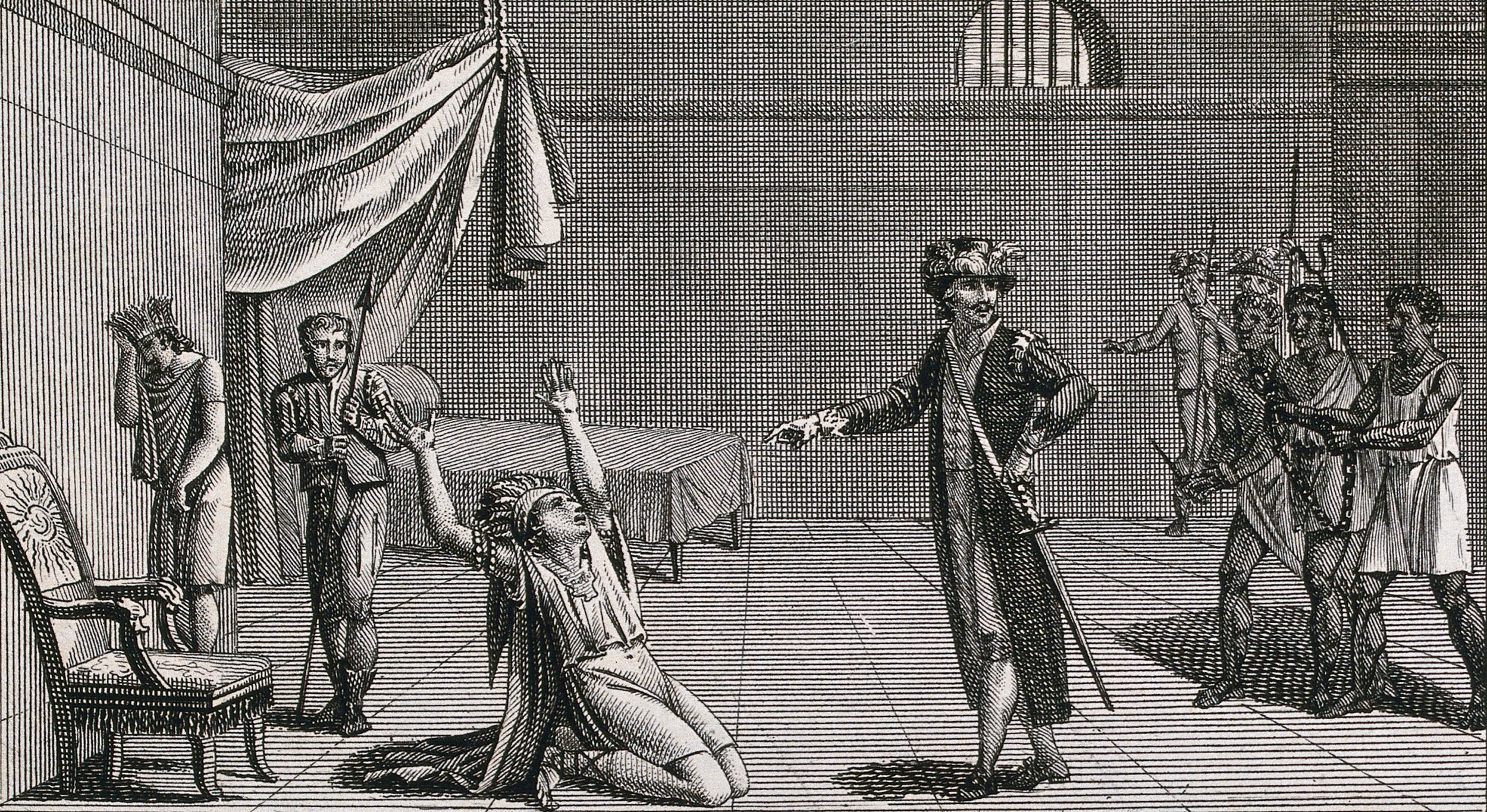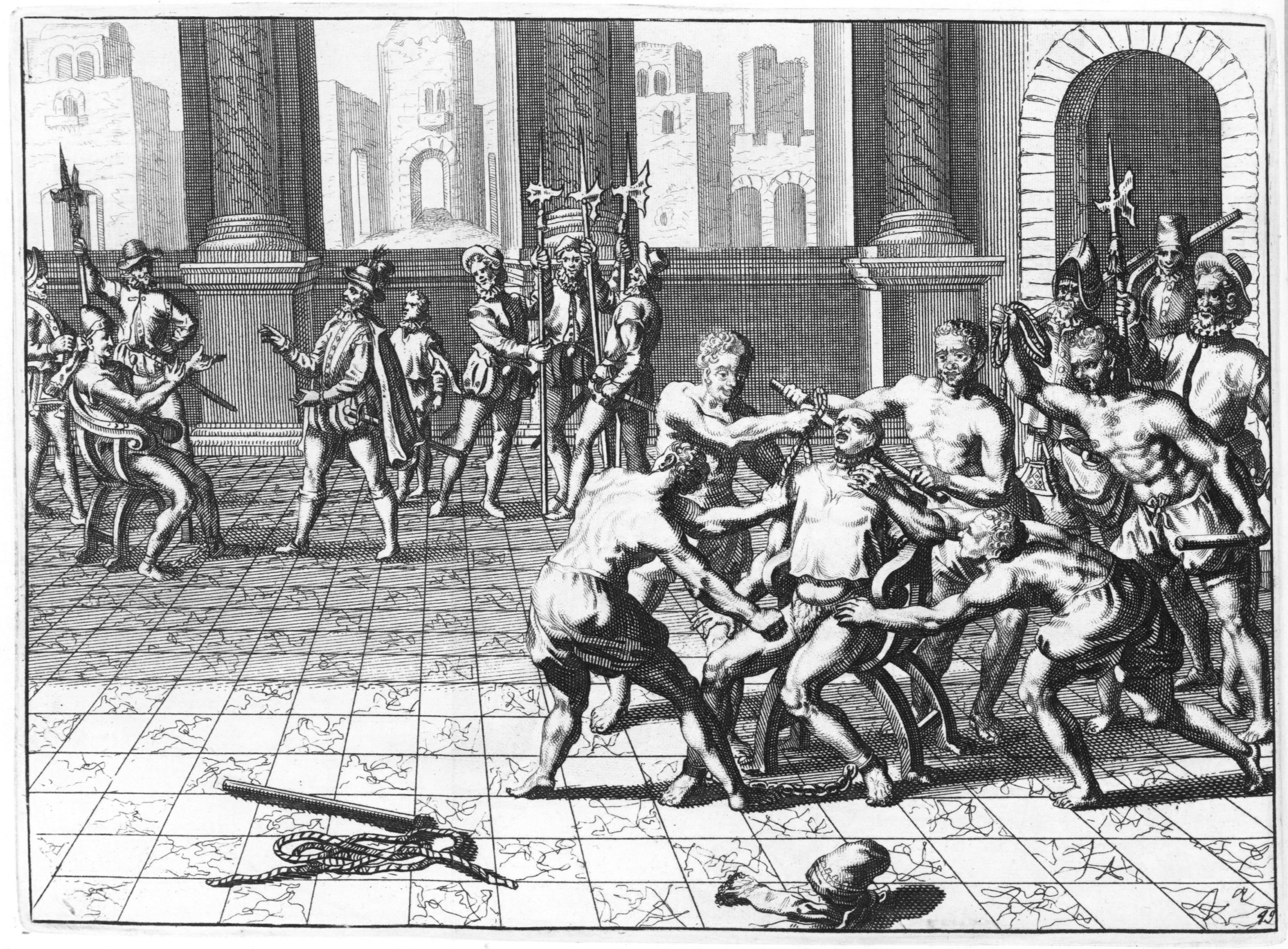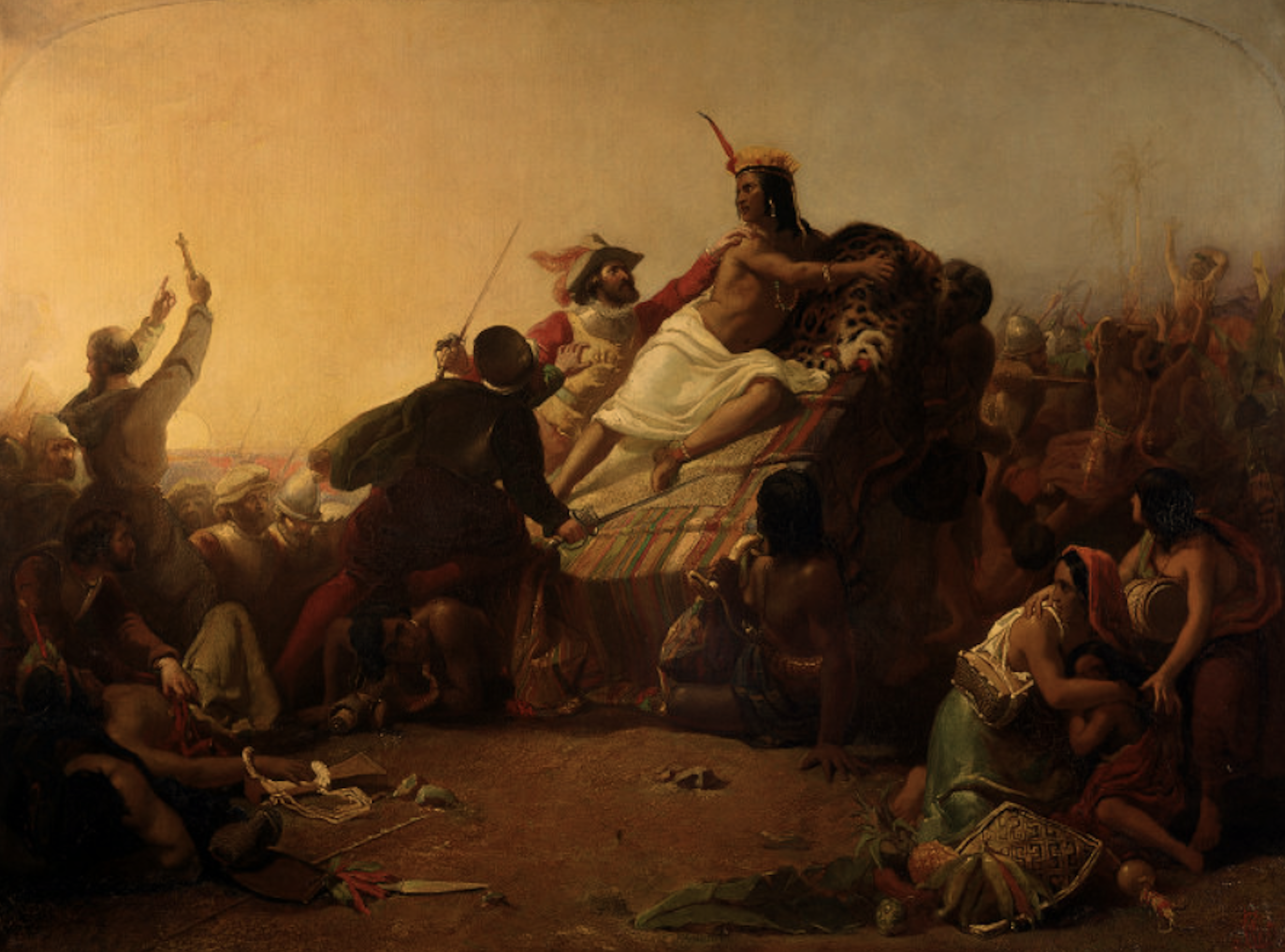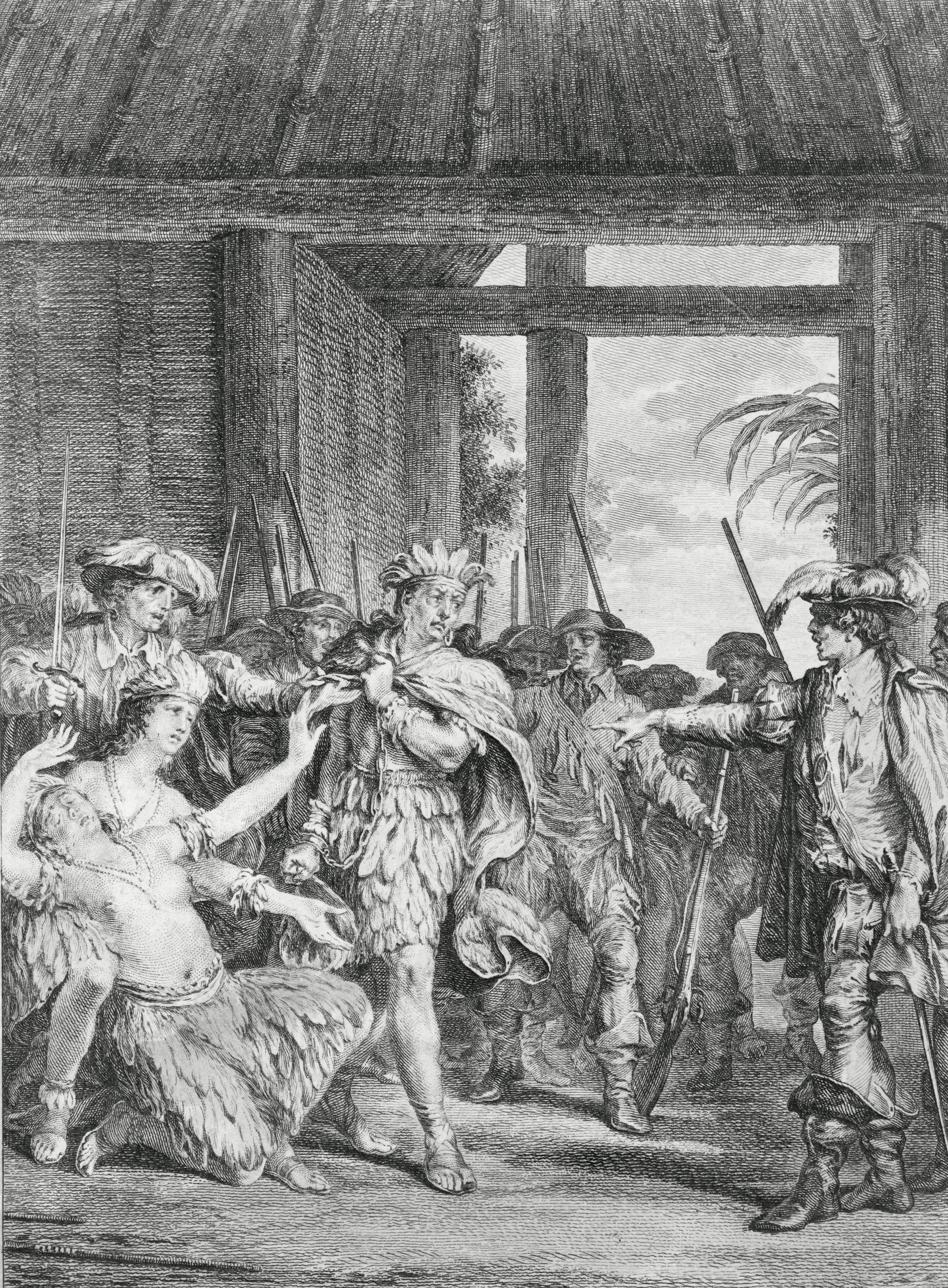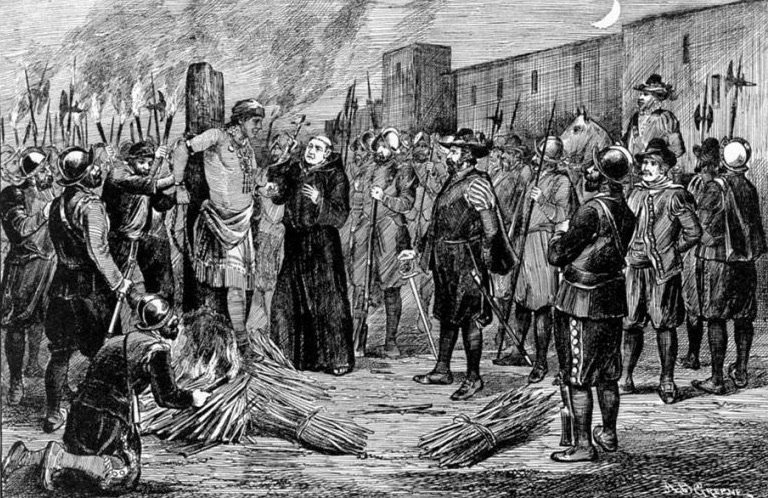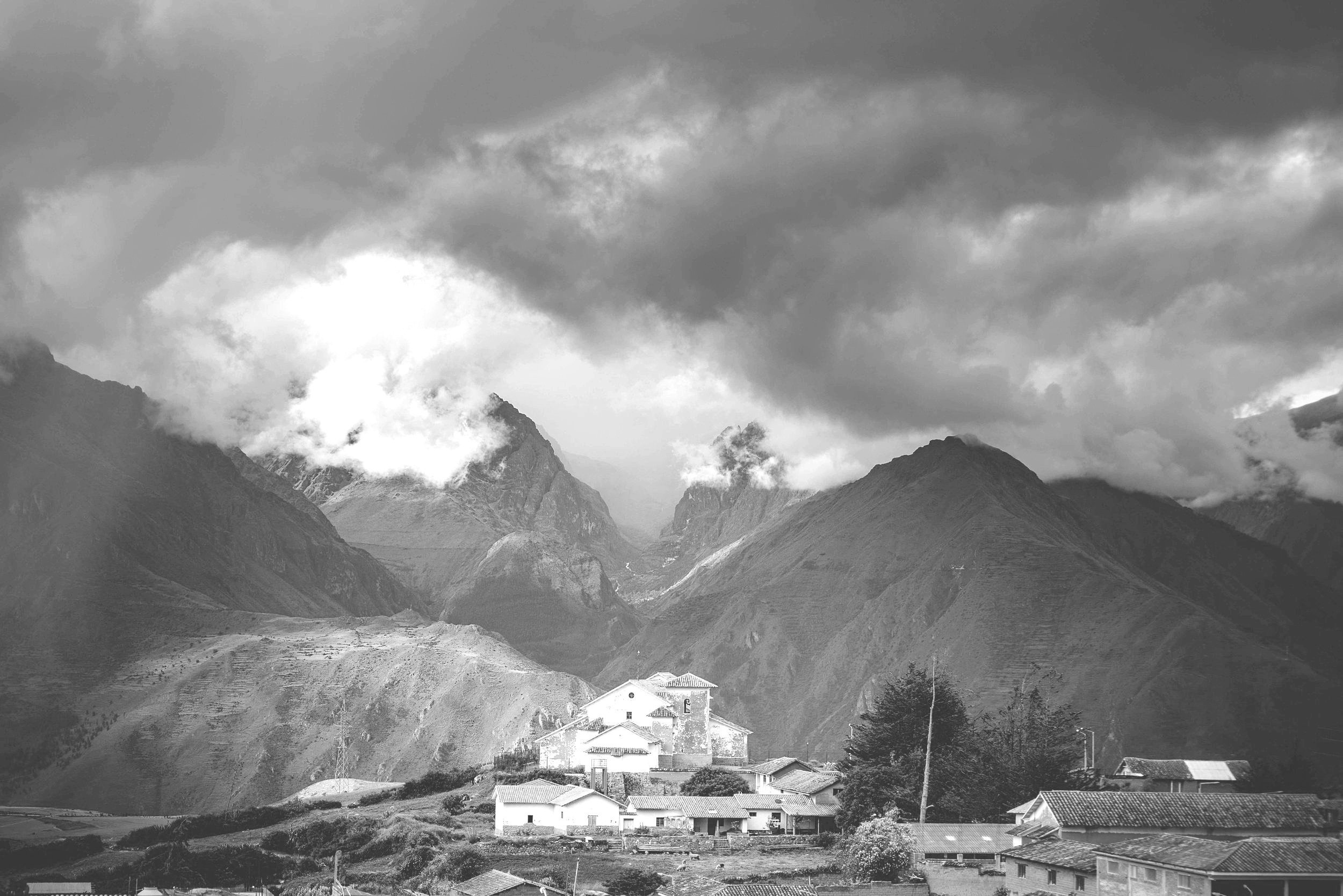
The Conquest, Colonization,
& Fall of the Incan Empire
PAINTING OF ATAHUALPA - PART OF THE BROOKLYN MUSEUM COLLECTION
At its peak, the Incan Empire was a pinnacle of ingenuity and cultural brilliance. The empire spanned much of modern-day Peru, Ecuador, Bolivia, and parts of Colombia and Chile. However, the arrival of Francisco Pizarro and his band of Spanish conquistadors would forever alter the course of Incan history.
Inspired by his second cousin, Hernan Cortes (conquerer and colonizer of the Aztec Empire), Pizarro and his men arrived in Tumbes, the northernmost province of the Incan Empire, in 1531. Awe-struck, they marveled at the empire's vast wealth and were determined to conquer and acquire its riches. Under Atahualpa's leadership, the indigenous people welcomed the Spanish with curiosity, unaware of the impending devastation.
Pizarro met with the emperor under the guise of friendship; little did Athualapa know that their meeting would turn into the betrayal and massacre of his people. As the meeting turned violent, the emperor pleaded for the mercy of his people and promised the Spanish their riches. Pizarro's men, driven by greed, attacked and left many dead and wounded. Captured, Atahualpa was held captive and executed in 1533.
Without their leader, the empire crumbled. The conquistadors asserted their dominance over the Incan people, recognizing the empire's precious resources and looted temples, sending unimaginable riches back to Spain. This plundering left the empire impoverished and stripped of its culture.
The colonization of the Incan Empire set the stage for the subsequent oppression of enslaved people and indigenous people.
PAINTING OF FRANCISCO PIZARRO BY AMABLE PAUL COUTAN
